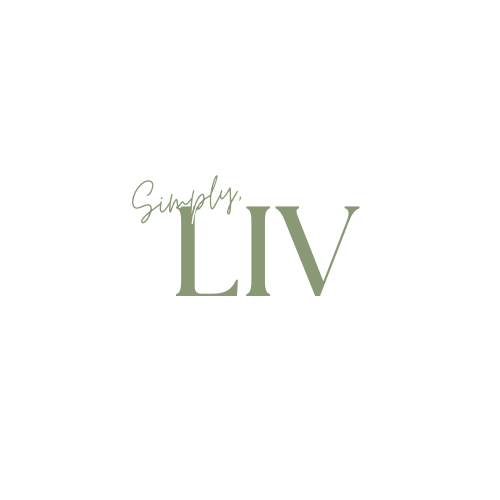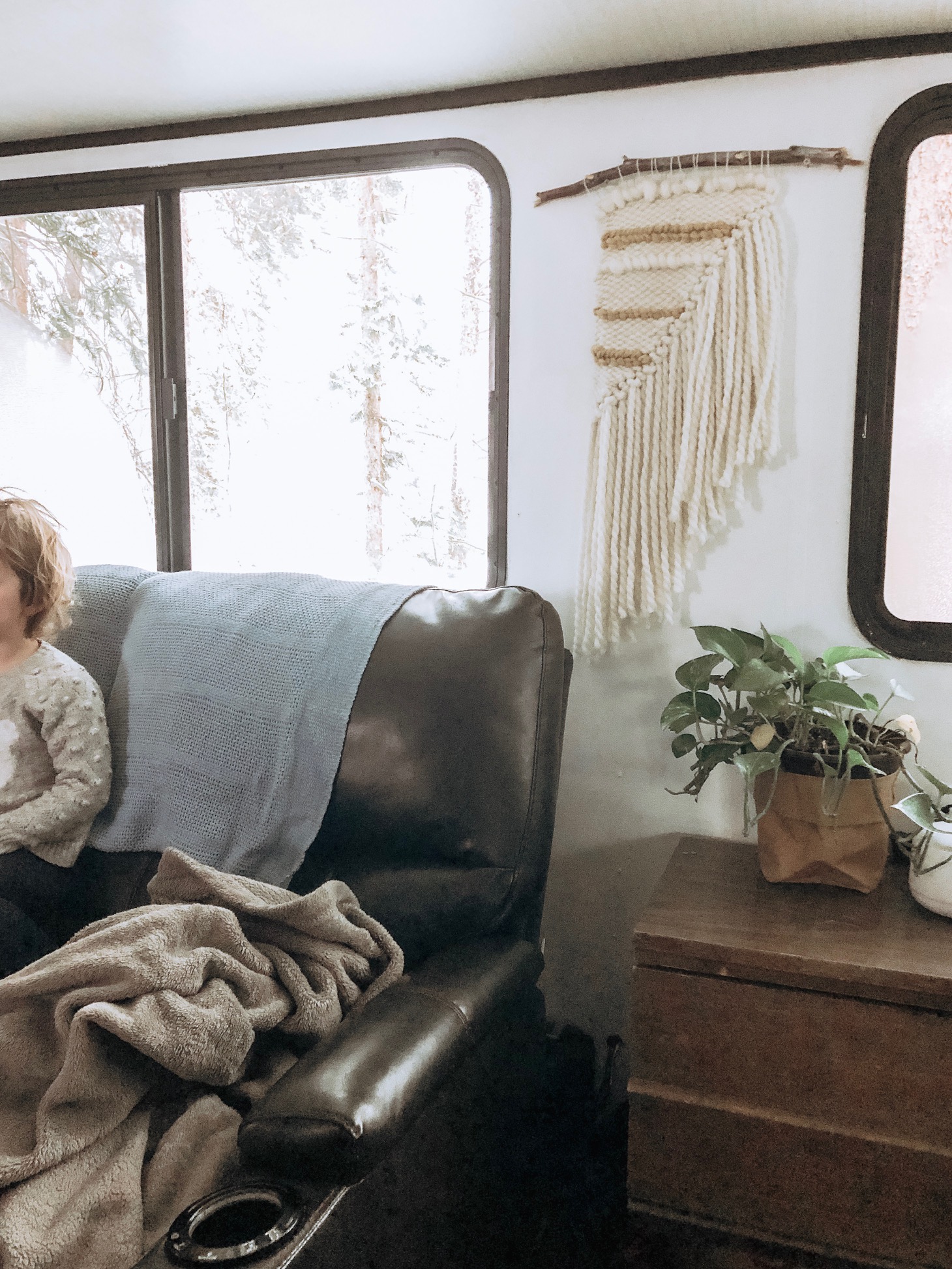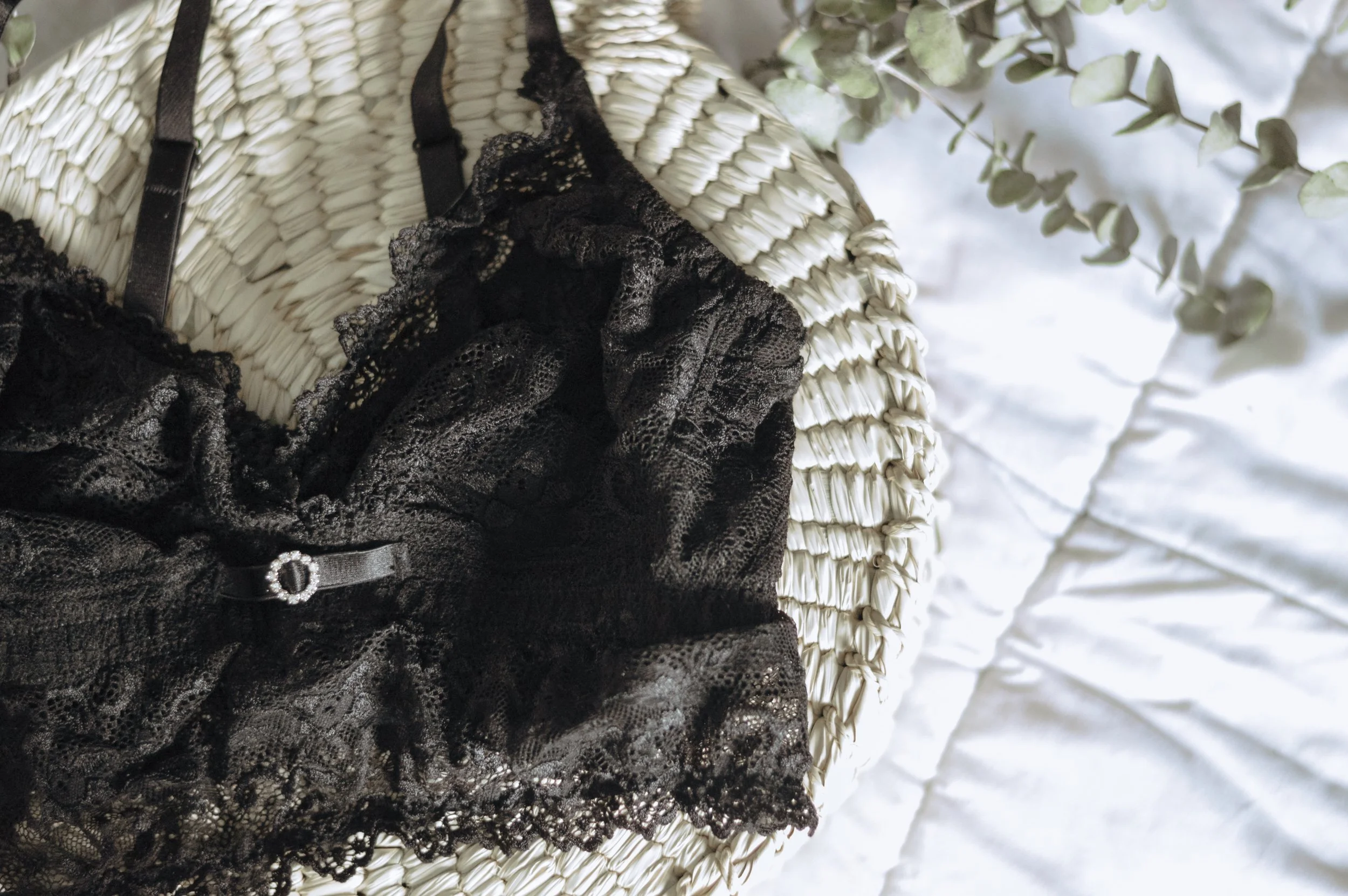#InspiringZeroWaste || February Goal
(For the first explanatory post on #InspiringZeroWaste, click here!)
Month 2 of 2019 is upon us and I’m welcoming it with open arms. January always seems to last twice as long as other months and February brings with it a sweetness and anticipation for Spring (hopefully) that I’m excited to embrace.
If you followed along last month, you’ll know that my first #InspiringZeroWaste goal was to make my shower routine as zero waste as possible. First, I’ll share an update on how that went, and then I’ll dive into my goal for month #2.
January Update
I purposefully eased myself into the challenge with this goal because I knew I was running low on most of my shower essentials and have been wanting to make the switch to zero-waste options for a while.
What I tried:
I started using products from Natural Vegan Club in late December. I love their flexible subscription style service that allows you change your products each month and get things only as you need them. I’ve been using their shampoo bar for a month and, although my hair has had an up and down response, I’m happy with it so far. Shampoo bars are an adjustment - I’ve found I have to take my time and make sure I’m getting every bit of my roots saturated or my hair looks greasy the same day I wash it. But I’m not giving up yet and will keep researching on the best ways to use them. (To order free samples from Natural Vegan Club, click here!)
I ordered a Rose Gold safety razor and blade disposer from Leaf Shave a few weeks ago. Although it still hasn’t arrived, I’m making do with the razor I have now until it gets here.
What I learned:
A shower routine is fairly easy to do low-waste/zero-waste. If you’re not ready to commit to shampoo bars, Plaine Products is an AMAZING brand that is just as zero waste as package free options. And if that idea is too much, just be sure you’re recycling/composting your packaging according to the labels to reduce as much waste as possible.
Bar soaps are SO cheap and last SO much longer.
Using body oil instead of packaged lotion is even better for your skin and oftentimes a more eco-friendly option since they usually come in glass bottles that can be reused in your home instead of plastic, and they’re made with plant-derived ingredients.
February Goal:
For the second challenge of the year, I’ve decided to dive into researching textile recycling, both locally and on a bigger scale to see what’s truly sustainable and what isn’t. Although I’ve paired down my wardrobe drastically in the past few years, occasionally I discover a piece I haven’t worn enough to justify keeping or something starts to deteriorate that I’m not sure what to do with. I’m hoping that by educating myself on the best options for recycling old clothing (and what to do with the pieces that aren’t recyclable) I’ll be better equipped to make sustainable future purchases and hopefully help you do the same!
I’ll share everything I’ve learned in a big blog post at the end of the month, so feel free to send any questions or resources my way as I begin my research.
I wrote last month about how to responsibly “kon mari” your life and, when it comes to clothes in particular, most of us are prone to dumping trash bags of old college tees and torn up pants off at our local Goodwill or secondhand shop without a second thought. And although supporting thrift shops is incredibly important, the reality is that many of these clothes never find a second home and many of them just end up in a land fill anyway.
So, stay tuned for more on this topic and, if you’re up for it, join me in stock piling a little collection of unused clothes to donate responsibly and recycle at the end of this month. I’ll be going through my husband’s, my kid’s, and my own closets to make sure we’re eliminating our clothes in the most ethical and sustainable way possible.
A foreshadowing…
If you’re curious about what you can do NOW, while I’m doing my research, I’d suggest checking out Marine Layer’s new recycling program ReSpun. I had a call with a member of their team early last week to discuss a future collaboration and learn more about their recycling process and, luckily, I’m super impressed with what I learned from them.
In an effort to lessen their own textile waste and provide a solution for brands and consumers alike, ReSpun works with Recovertex, a recycling facility in Spain that has been recycling textiles since World War II. Marine Layer collects unwanted tees, of any shape, size, condition, and material (except spandex) and ships them off by the thousands to Recovertex where they’re broken down, sorted, and respun into new tees. Any non-recyclable parts like labels and tags are added to fabric that is recycled into things like bedding and home insulation. (Click here to request your own recycling kit from Marine Layer to start the process with me!)
This is a “closed loop” process which, ideally the fashion industry as a whole will move towards one day. And as an added positive, Marine Layer offsets their carbon footprint from shipping the tees overseas by donating to organizations that offset their emissions. It’s called a carbon neutral process and it’s fascinating.
Stay Tuned…
I’ll be sharing more at the end of the month, so stay tuned for that. In the meantime, feel free to join me in gathering up your old clothes that are un-sellable that you think would be a good fit for recycling (and one more time, you can get a free recycling kit here).
What’s your #InspiringZeroWaste goal for this month? I’d love to hear how it’s going thus far!





